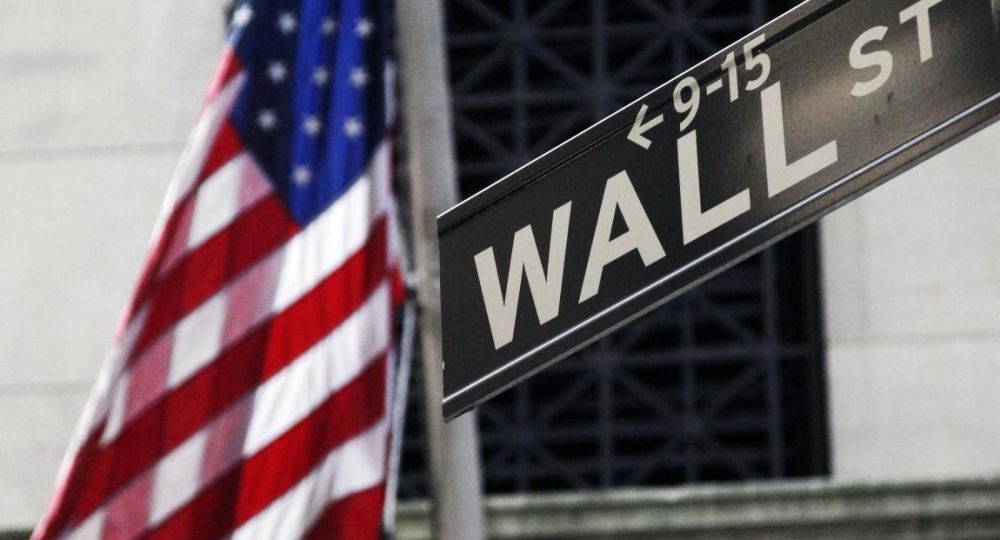Inflation in the US advanced less than expected in May, with a general CPI of 2.4% and a monthly rise of just 0.1%. Moderation in energy prices and lasting goods softened the impact of commercial tensions, while expectations on the course of the Fed monetary policy grow.
The Inflation in the United States In May, he showed an increase less than expected, and maintains the bearish trend for the fourth consecutive month, in a context of growing commercial tension by the new battery of tariffs driven by the Trump administration. As reported by the Office of Labor Statistics (BLS), the Consumer Price Index (CPI) rose 2.4% year -on -year Below the 2.5% projected by the consensus of analysts, although above 2.3% registered in April.
The content you want to access is exclusive to subscribers.
The data was even more striking in its monthly comparison: both the general CPI and the nucleus – which excludes food and energy – advanced only 0.1%, when they anticipated rises of 0.2%and 0.3%, respectively. At the interannual level, the nucleus inflation was 2.8%, a tenth less than expected.


Although the relief is mild and does not modify on its own the course of monetary policy – the Federal Reserve remains without clear signs of a rate cut in the short term, given the solid performance of the labor market – the data is relevant in the midst of the tariff climb, which threatened to move more strongly to consumption prices.
Well: the US rate falls 10 years after inflation data less than expected

The US inflation is still on the Federal Reserve line
US inflation: outstanding components
Within the monthly breakdown, the energy category – and in particular gasoline – was the main moderating factor of the general index. The price of gasoline fell 2.6% in May and accumulates a 12% year -on -year decrease. On the contrary, housing was once again one of the main drivers of inflationary rise, with a rise of 0.3% monthly and 3.9% per year.
A slight rise in food was also observed, of 0.3% monthly. On the other hand, the durable goods – one of the most sensitive segments to the tariff impact – remained stable, with a monthly variation of 0.1%. Falls in used cars (-0.5%), new cars (-0.3%) and clothing (-0.4%) contributed to that moderation.
As for the services, a key category during the post-pandemic inflation cycle, a slowdown was also recorded: they rose a monthly 0.2%, a tenth less than in April.
For SEB analysts, the recent dynamics shows a slowdown in the inflationary trend: “After a clear rebound in January, the core of the CPI has grown on average less than 0.2% monthly in the last three months, affected by weakness both in services and goods.” However, they warn that short -term indicators – like PMI indices— They already reflect an increase in supplies and production prices, probably linked to the effect of new tariffs. “We hope that the inflation of goods will rebound again from May,” they conclude.
Source: Ambito




